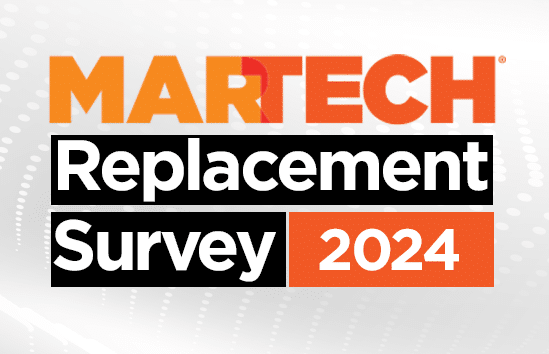“I think it is going to revolutionize what our customers are able to do,” said Pega founder and CEO Alan Trefler. Addressing the keynote audience at PegaWorld 2024, Trefler was describing Pega GenAI Blueprint, a solution designed to materially advance his longstanding vision of the autonomous (i.e. effectively self-optimizing) enterprise.
Pega’s new product announcements aim at:
- Putting “expertise at your fingertips.”
- Doubling developer productivity.
- Optimizing the autonomous enterprise.
Blueprint, a genAI based solution, is critical to the second and third projects.
Fast adoption for enhanced Blueprint
Blueprint was introduced earlier this year but has recently been enhanced, not only with new capabilities but with an improved UI, making it “as easy to use as an airport kiosk,” said CPO Kerim Akgonul. In simple terms, it’s a cloud-based genAI tool for creating enterprise apps; “design-as-a-service” they call it. It guides users through a visually clear workflow, allowing them to select and discard recommendations for the app’s functionality and share the result for collaborative input. Some 30,000 blueprints have been created since it went live in April.
The process, plausibly much faster than the traditional route to app development, results in a blueprint that can be turned into a real, working app in Pega with a few clicks. Anyone with a Pega community membership can try it online at pega.com.
Other enhancements include:
- The possibility of importing existing, legacy business process models (by end of June), and support for additional legacy inputs like process documentation and app screens (Q3).
- Previews of the “live” app across various channels (also end of June).
- Pega partners can upload their own process templates into Pega’s best practices documentation library and leverage them in Blueprint.
The claim is that Blueprint provides a way to rethink and reinvent business apps at scale and at speed. Its relevance extends across business teams, including sales and marketing but going far beyond them.
The Socratic method
In service of putting “expertise at your fingertips,” Pega announced the launch of Pega GenAI Socrates. Rather than being just another cute name for an AI solution, “Socrates” has some relevance here. The Socratic method of teaching focuses on putting questions to pupils rather than offering them information.
The new Socrates is an interactive genAI tool for teaching the Pega platform. It works through conversation; it examines responses for level of expertise; and delivers feedback. It will replace Pega Academy, which offered more traditional training through texts and videos.
Dig deeper: Pega launches new AI buddy
Not just genAI
Despite these genAI offerings, CTO Don Schuerman emphasized that Pega continues to offer more than that. “We don’t want Pega to be our clients’ genAI platform,” he told a group of media and analysts. Pega is also, and perhaps primarily, a decisioning and workflow automation platform, driven by AI but not genAI.
Emphasizing that there are many different types of AI, Schuerman underlined Pega’s commitment to the Customer Decision Hub that uses real-time analytics to create next-best-action recommendations for individual customers. The Hub, which has been central to Pega’s customer engagement offering for a number of years, uses statistical AI, not generative AI. In other words, he explained, it is “deterministic.” It will give the same answer every time it is queried based on the same data.
But also genAI
Nevertheless, there was one more genAI announcement to come. In addition to its existing partnership with OpenAI on Microsoft Azure, Pega is expanding to offer access to LLMs on AWS and Google Cloud via APIs.
The services and models available include Amazon Bedrock, Amazon Titan, Google Gemini and Anthropic’s Claude (also on Google Cloud).
Email:
See terms.
The post Pega’s Blueprint for digital transformation appeared first on MarTech.





